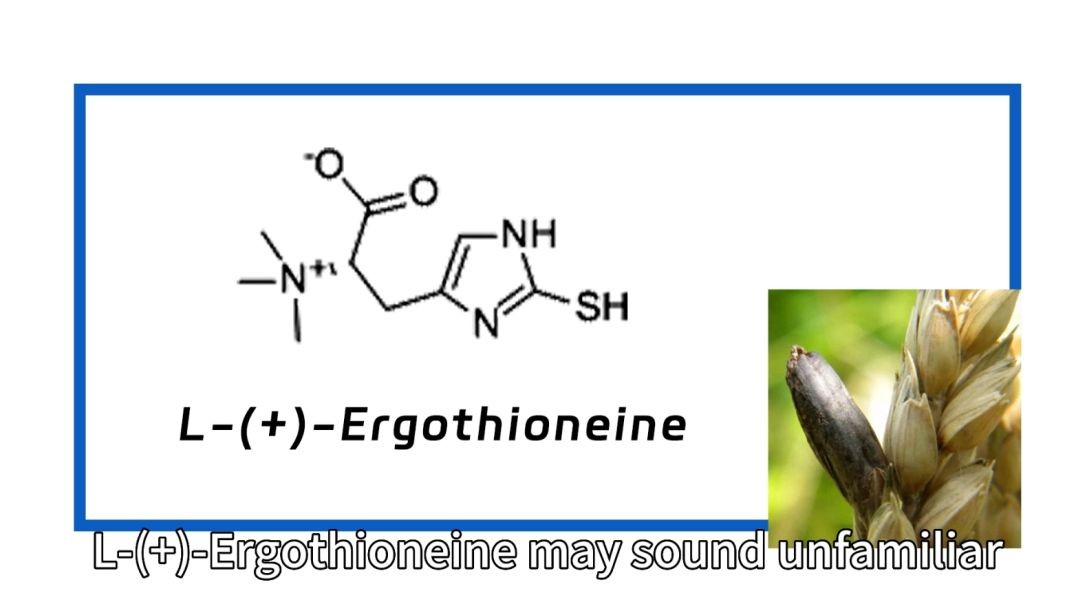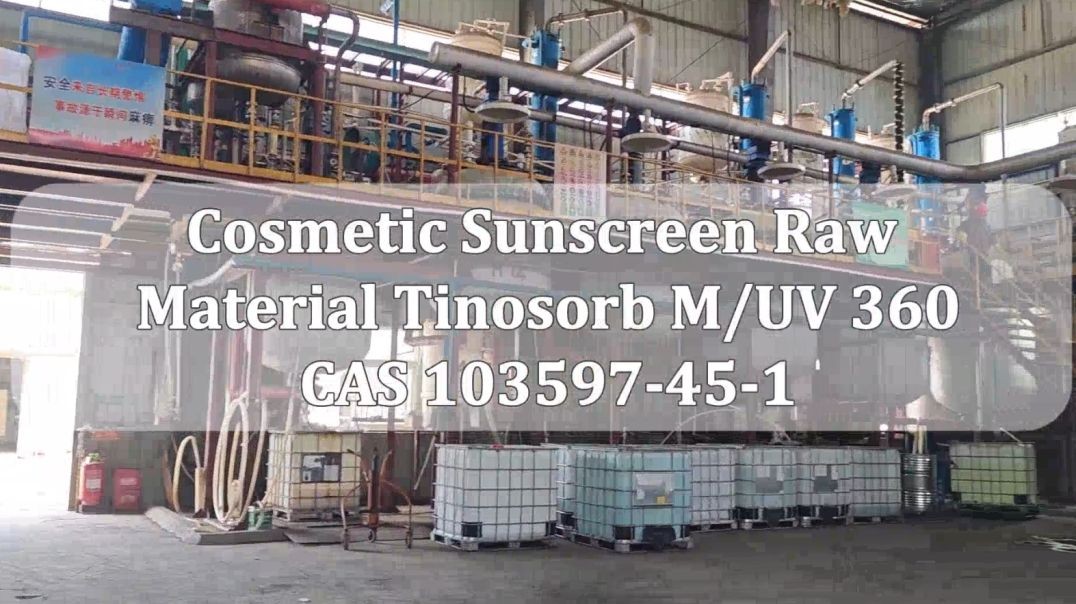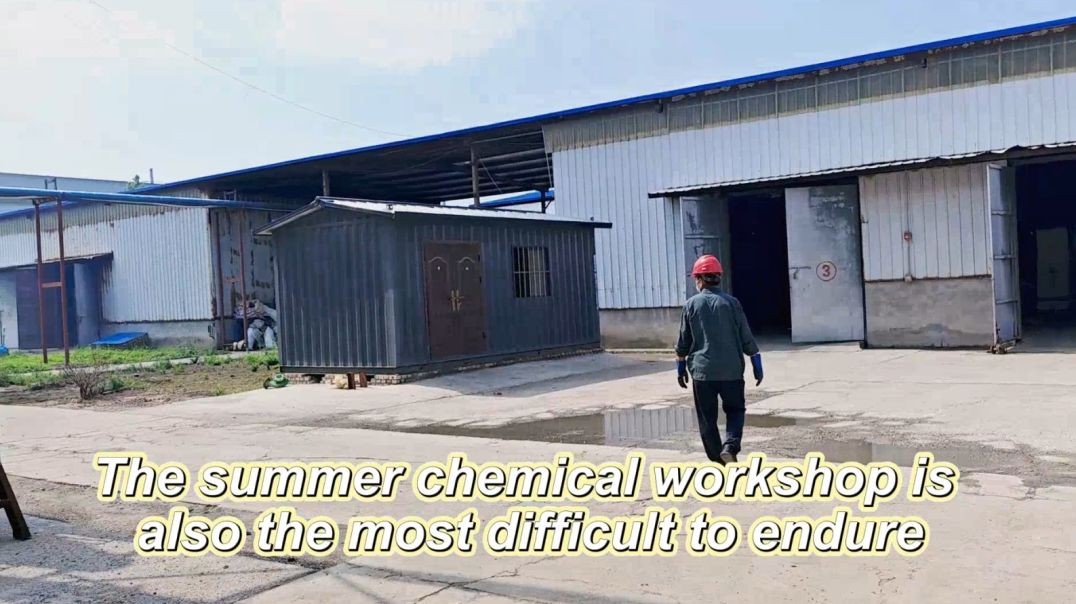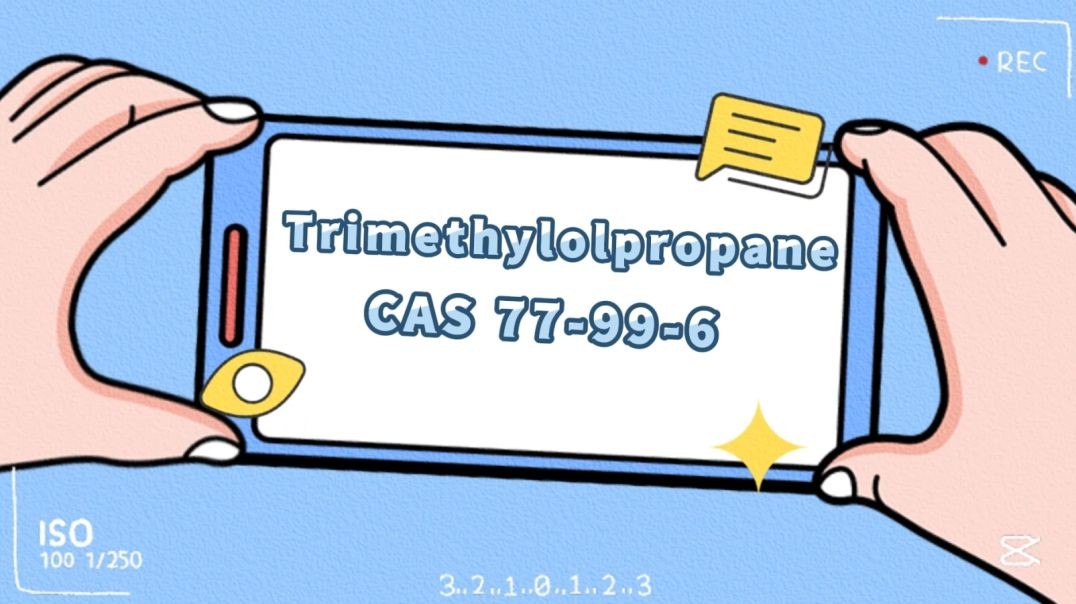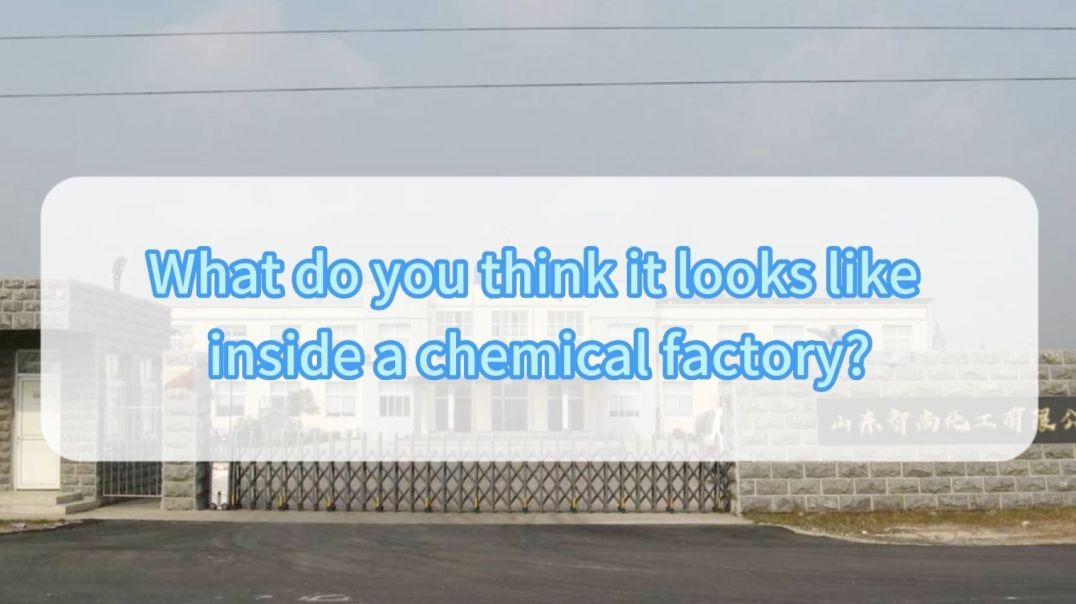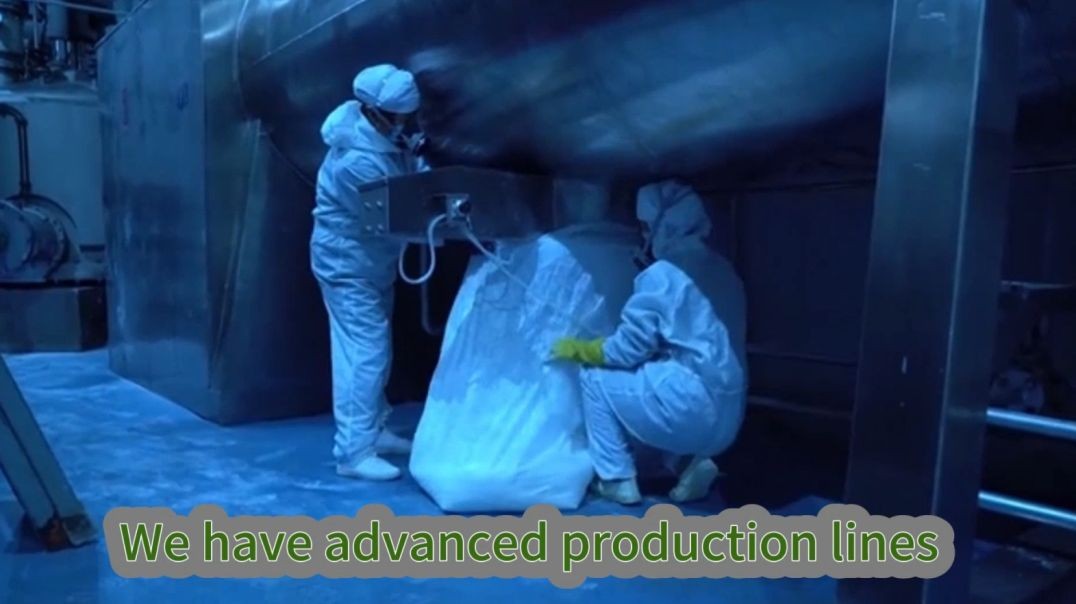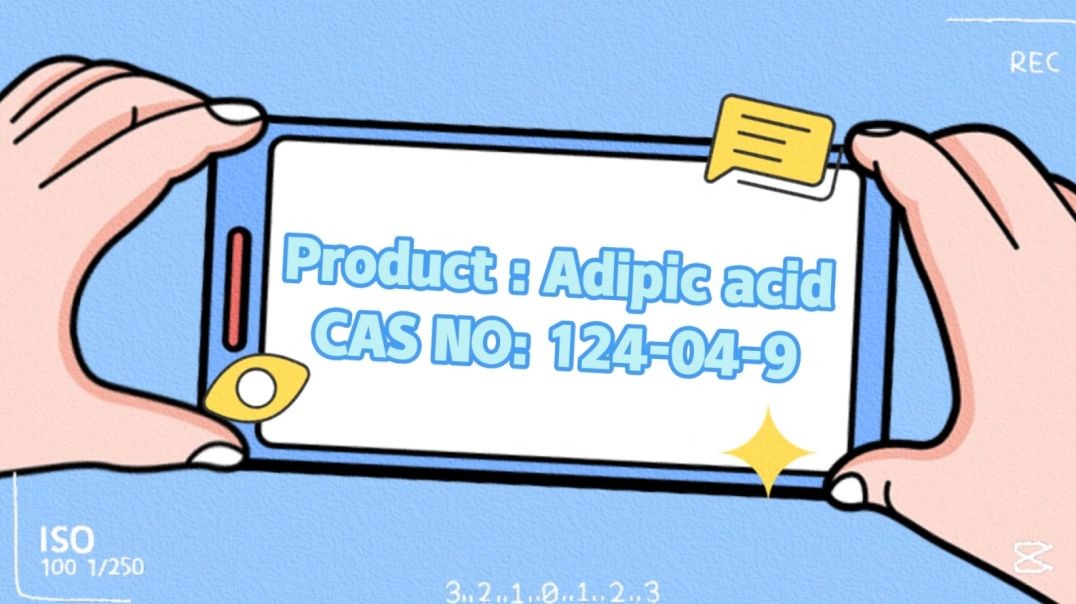Latest videos
Let's learn about the equipment in the chemical plant and their respective functions
Dear friends who have submitted orders, all the products you purchased have already been shipped out.
Ergothionein is a natural antioxidant that can protect cells in the human body and is an important active substance in the body. Natural antioxidants are safe, non-toxic, and have become a hot research topic. As a natural antioxidant, sulfur has entered people's field of vision. It has various physiological functions such as clearing free radicals, detoxification, maintaining DNA biosynthesis, normal cell growth, and cellular immunity.
Ergothionein is a natural molecule isolated from the rye ergot fungus and later discovered in rat red blood cells, liver, and many other animal tissues. Its antioxidant properties can provide potential for composite therapy, or it can be used as a food additive or cosmetic.
Application of Potassium Laurate in Latex Industry.
Three methods for deodorizing waste gas in chemical enterprises
There are three main methods for deodorizing industrial waste gas: chemical method, physical method, and biological method. Here is a detailed introduction:
1. Chemical deodorization method 🌀
Chemical washing absorption: Absorb odorous substances in exhaust gas through chemical solvents.
Combustion method: burn and convert odorous substances in exhaust gas into harmless substances.
Plasma deodorization: using plasma technology to decompose odorous substances.
Photocatalytic oxidation technology: converting odorous substances into harmless substances through photocatalytic reactions.
Ozone sterilization and deodorization technology for air microorganisms: using ozone for sterilization and deodorization.
Plant extract deodorization: Use plant extract to absorb and decompose odorous substances.
2. Physical deodorization method 🌍
Washing method: Absorb and separate odorous substances in exhaust gas through washing solution.
Masking method: Use masking agents to mask odors.
Adsorption method: Activated carbon, activated alumina, silica gel and other adsorbents are used to adsorb odorous substances, among which activated carbon is one of the most commonly used adsorbents and has good purification effects on most organic waste gases.
Condensation method: Using condensation technology to convert odorous substances into liquids or solids.
Dilution diffusion method: Dilute the exhaust gas and diffuse it into the atmosphere.
3. Biological deodorization 🌿
Biological deodorization is divided into three steps: water-soluble infiltration, biological absorption, and biological oxidation.
UV-360, also known as 2,2 '- methylenebis [4-tert-octyl-6- (2H-Benzotriazol-2)] phenol, is an excellent performance benzotriazole based UV absorber.
UV absorbers are a type of organic compound that can selectively and strongly absorb harmful sunlight ultraviolet rays to polymers, while possessing high light resistance.
Every day's hard work is not tiring, and sweat pours down the heart of the worker without regret
Recording the moments of workers' hard work, every drop of sweat is worth remembering.
Six key points for laboratory sample preservation to avoid pitfalls!
🔍 The preservation of laboratory samples is crucial, and the following seven points can help you avoid common pitfalls:
1. Consistency: Ensure the consistency of sampling between the experimental group and the control group, such as the size and location of tissue samples, gender and age matching of blood samples, and sampling time of urine samples.
2. Impurities removal: Remove impurities unrelated to the experiment, such as blood from animal tissues, soil pollutants from plant tissues, and culture media for bacterial cells and cells. Recommend using PBS buffer or physiological saline, and absorbent paper to absorb residual liquid.
3. Low temperature storage: Sample pretreatment should be carried out at low temperatures as much as possible, and impurity removal and packaging operations can be performed on ice. It is usually stored in a -80 ℃ refrigerator.
4. Packaging: Packaging should be carried out according to the experimental dosage, avoiding repeated freezing and thawing to ensure the integrity of the sample.
5. Rapid processing: The collection, preparation, storage, and transportation of samples should be as rapid as possible to reduce the time from sample collection to formal experiments.
6. Clear marking: Use a high-quality marker to clearly mark the sample name, avoiding confusion of the samples
Exciting moments are right in front of you! At the CPHI exhibition, various chemical products are dazzling. Who says chemicals are not fashionable enough? See how we can perfectly integrate chemical engineering with daily life!
Before placing an order, you trusted us and we will repay your trust with care at every stage of the shipping process.
Today, let's explore the two forms of glucose and how they are composed.
We know that many people buy products with sincerity and peace of mind, so we will do our best in every aspect.
Diisooctyl sebacate is an excellent low-temperature resistant plasticizer commonly used in the plasticizing application technology fields of polyvinyl chloride cable materials, cold resistant films, artificial leather, and other resins.
Meanwhile, diisooctyl sebacate also has an important use as a base oil for biomass based lubricants. Due to its high temperature resistance, low temperature resistance, and biodegradability, this base oil
Can be used as a base oil for jet engine lubricants.
Triethyl phosphate is an organic reagent that is stable at room temperature, has good solubility in various resins, low viscosity, and low color, so it can be used as a special solvent; Epoxy resin additives (reducing viscosity); Anti coloring agents during polyester fiber processing (to improve dyeing quality); Textile oil additives;
Used as a gasoline additive, it can prevent detonation, improve octane rating, and enhance the stability of leaded gasoline during storage; It can also be used as a control agent for gasoline surface ignition and as a decomposition inhibitor for tetraethyl lead at high temperatures; Non corrosive gasoline additive; Catalyst for polyester fiber polymerization; Modifiers for graphite products; Plasticizers; Extraction agent; Raw materials for pesticides and insecticides.
Triethyl phosphate hydrolyzes when it comes into contact with water, so it should be kept moisture-proof during storage. Due to its hydrolysis, PO43- is released, making it a homogeneous precipitant that forms insoluble phosphate precipitates. It is often used as a precipitation reagent for zirconium and hafnium and as a diffusion source for measuring semiconductors.
In addition, trimethyl phosphate is also a phospholipid extractant used for extracting and separating certain metal ions.
What do you think a factory looks like?
Is it a dirty, messy, and poor environment?
No, no, no, let me take you to see the factory of Zhishang Chemical!
Being in a chemical factory, facing huge machines and rolling chemical reactions every day, we not only need a rigorous work attitude, but also need to care for and understand each other.
Here, we shoulder the responsibility together and pursue our dreams together.
Let's take a look at the room composition of Zhishang Chemical Laboratory.
In a corner of the production workshop, we discovered this small beauty. Amidst the noisy mechanical noise, the workers were focused on operating every detail. It is these unremitting efforts that have enabled our products to lead in quality and innovation.
The shipment has been sent! I hope this product from us can help you.
Adipic acid, also known as fatty acid, is a carboxylic acid organic compound that can be used as a chemical reagent, as well as in plastics and organic synthesis.
It is a white crystalline powder, slightly soluble in water, and acidic when dissolved in water.
Adipic acid, as a fundamental component of various chemical products, is currently the most important aliphatic dicarboxylic acid in industrial production
Approximately 3 million tons of adipic acid are used annually worldwide to synthesize monomers for nylon-66. Additionally, adipic acid is also used to synthesize polyesters, polyurethanes, lubricants, plasticizers, adiponitriles, and as a flavoring agent in food
Science popularization of hazardous chemicals knowledge
Dangerous chemicals refer to chemical substances that have physical and chemical hazards (such as flammability, explosiveness, oxidation, etc.), biological hazards (such as toxicity, corrosiveness, etc.), and environmental hazards.
The hazards of hazardous chemicals to human health and preventive measures
Dangerous chemicals pose various hazards to the human body, including eye irritation, skin burns, respiratory tract damage, nerve paralysis, etc. Preventive measures include:
1. Understand the characteristics of the hazardous chemicals used, do not operate blindly, and do not use them in violation of regulations.
2. Properly store hazardous chemicals, with complete labels, sealed storage, away from heat, light, and fire.
Do not store hazardous chemicals in the living room.
4. Do not carry hazardous chemicals when taking boats or buses.
5. Strictly prevent the accumulation of high concentration flammable and explosive gases indoors


